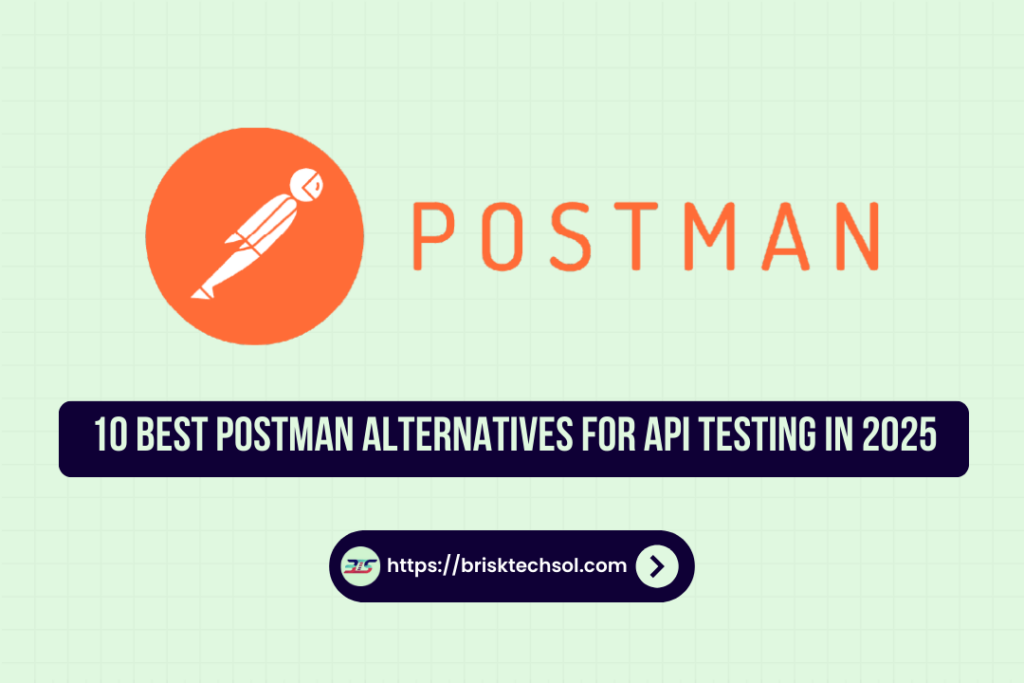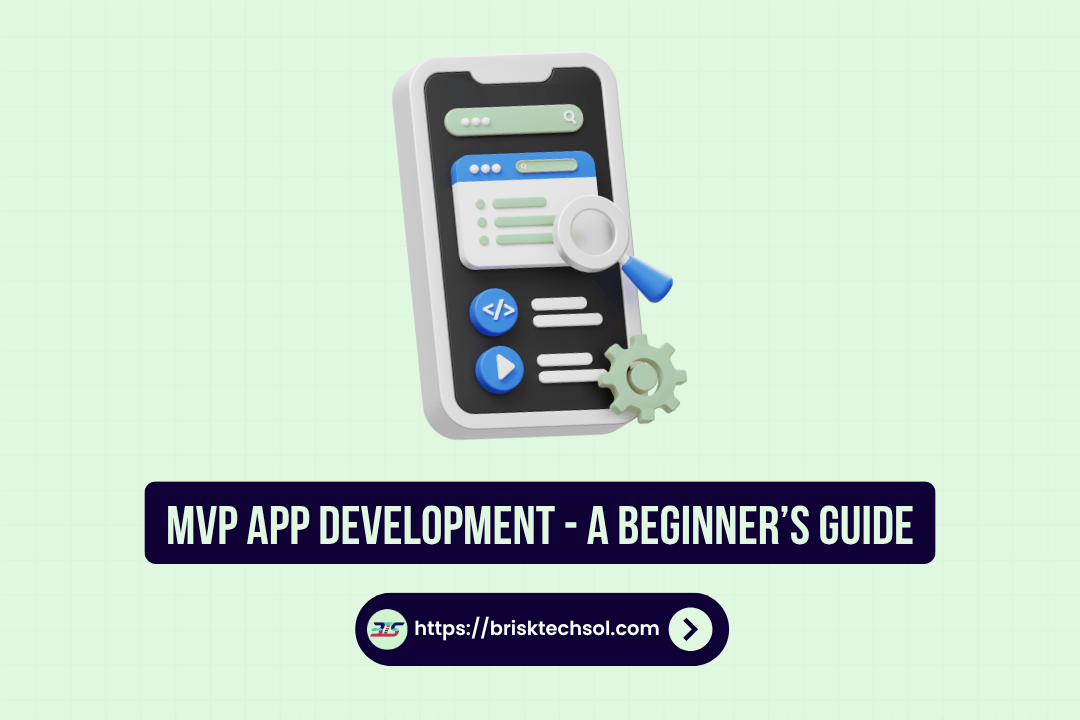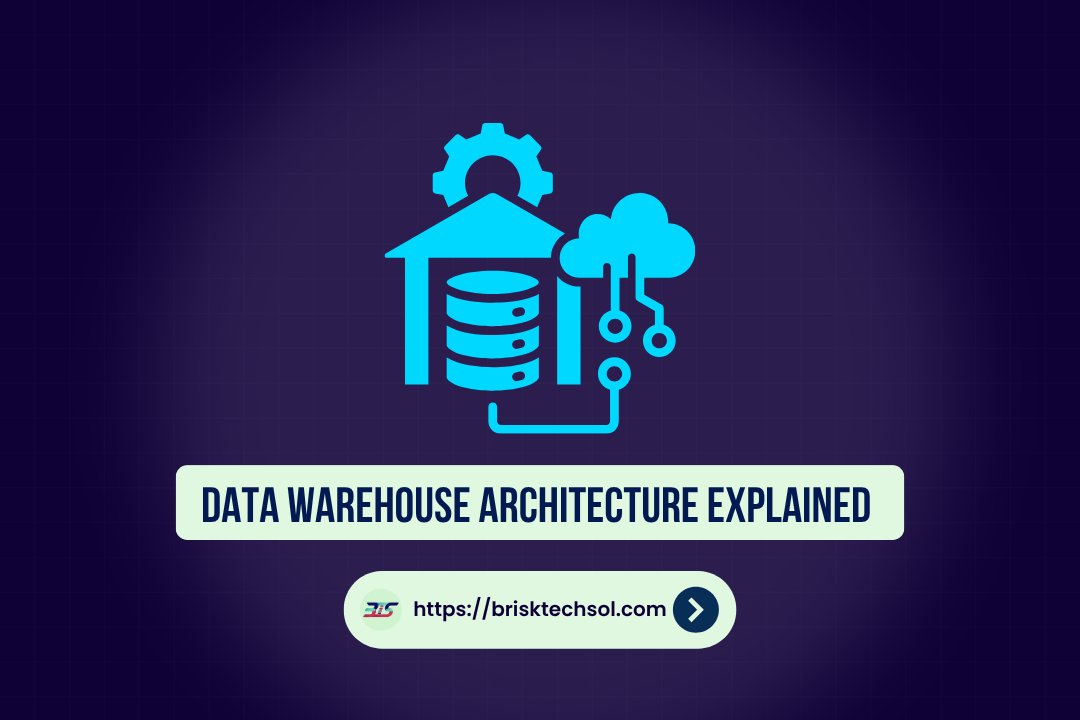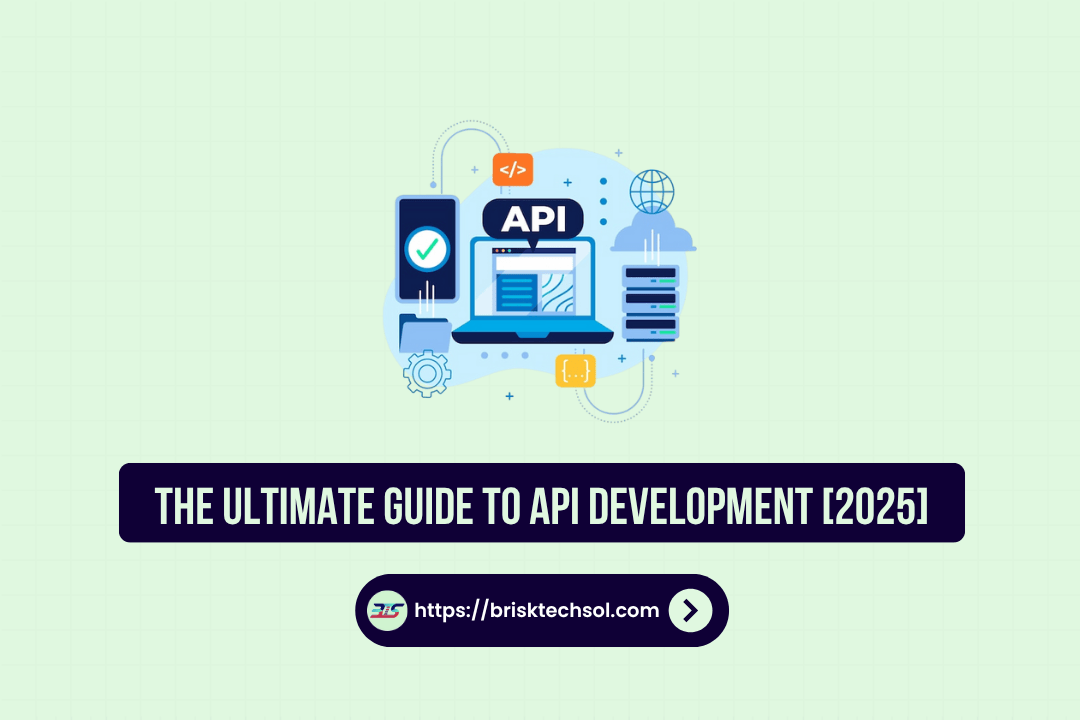A strong API testing is essential for ensuring easy digital experiences. As businesses seek more efficient, scalable, and cost-effective solutions, exploring Postman alternatives has become critical. This comprehensive guide delves into the 10 best alternatives for API testing in 2025, providing in-depth comparisons, industry insights, and actionable tips for developers and QA professionals.
API testing is a fundamental practice in software development, ensuring that the communication between different software components is seamless and error-free. With APIs powering everything from web applications to mobile services, effective testing is crucial for both functionality and security.
What Is API Testing?
API testing involves validating the responses, performance, and security of application programming interfaces. Unlike UI testing, API testing focuses on the business logic layer and data integration, making it faster and more reliable. This approach helps catch issues that may not be visible through conventional user interface tests, ensuring the integrity of data exchanges between applications.
The Role of API Automation
Automation in API testing streamlines the process by using scripts to simulate various scenarios, from load testing to security assessments. With the advent of DevOps and continuous integration, automated API tests have become indispensable. Recent studies indicate that companies using automated API testing have reduced deployment times by up to 40% and minimized production errors significantly.
Benefits of Effective API Testing
A well-implemented API testing strategy not only enhances security and performance but also speeds up time-to-market. By automating repetitive tests, teams can focus on more complex scenarios and innovation. Whether it’s validating REST endpoints or ensuring GraphQL queries run efficiently, a strategic API testing approach is the backbone of modern software development.
Postman Overview & Its Limitations in 2025
Postman has long been the go-to tool for API testing, offering a user-friendly interface and extensive community support. Its powerful features, including automated testing scripts and robust collection management, have made it a staple in many development environments. However, as API requirements evolve in 2025, some limitations are becoming apparent.
Key Features and Strengths of Postman
Postman excels in its simplicity and versatility. It allows users to create, test, and document APIs with minimal setup. The built-in support for various protocols and the ability to run automated tests make it particularly attractive for developers and QA engineers. Its collaboration features enable teams to share collections and streamline workflows.
Limitations in the Modern API Landscape
Despite its many strengths, Postman faces challenges in meeting the needs of today’s large-scale and complex API ecosystems. For instance, scalability issues may hinder performance in enterprise environments. Additionally, as API architectures evolve—with the rise of microservices, GraphQL, and advanced security requirements users are increasingly seeking more specialized and cost-effective solutions. These limitations have paved the way for a diverse range of Postman alternatives that offer improved integration capabilities, enhanced performance analytics, and flexible pricing models tailored to different business sizes.
Top 10 Postman Alternatives for API Testing in 2025
1. Insomnia Core
Insomnia Core is renowned for its intuitive interface and robust support for REST, GraphQL, and gRPC testing.
Key Features:
- User-friendly design with extensive customization options
- Advanced environment variable management
- Built-in code generation and plugin support
Pros & Cons:
- Pros: Streamlined workflows, strong community support
- Cons: Limited enterprise features compared to some competitors
Ideal For: Developers looking for a modern, agile API testing tool.
2. SoapUI Pro
SoapUI Pro remains a favorite for testing SOAP and RESTful services, with a strong emphasis on security and performance.
Key Features:
- Extensive scripting capabilities
- Integrated security testing modules
- Detailed reporting and analytics
Pros & Cons:
- Pros: Comprehensive test coverage, robust enterprise features
- Cons: Steeper learning curve and higher cost
Ideal For: Enterprises requiring deep test automation and security features.
3. Katalon Studio
Katalon Studio offers an integrated environment for API, web, and mobile testing.
Key Features:
- Supports end-to-end test automation
- Extensive built-in keywords and libraries
- Integrates seamlessly with CI/CD pipelines
Pros & Cons:
- Pros: Versatility across multiple testing domains, affordable pricing
- Cons: Documentation can be overwhelming for new users
Ideal For: Teams seeking an all-in-one solution for API and multi-platform testing.
4. Paw
Paw is a Mac-only API client that combines beautiful design with powerful features.
Key Features:
- Native macOS interface with seamless integration
- Real-time request debugging and response analysis
- Extensive support for various API authentication methods
Pros & Cons:
- Pros: Polished user experience, excellent for Mac developers
- Cons: Limited to macOS, fewer community plugins
Ideal For: Mac users who require a highly visual and intuitive API testing experience.
5. Rest-Assured
Rest-Assured is a Java-based DSL for simplifying the testing of REST services.
Key Features:
- Strong integration with Java-based frameworks
- Simplifies writing readable and maintainable test scripts
- Ideal for developers comfortable with Java
Pros & Cons:
- Pros: Powerful for automated tests in Java environments
- Cons: Limited to Java, less intuitive for non-developers
Ideal For: Java developers seeking a lightweight and powerful API testing tool.
6. Apigee
Apigee, a Google Cloud product, offers a comprehensive platform for API management and testing.
Key Features:
- End-to-end API lifecycle management
- Advanced analytics and monitoring
- Enterprise-grade security features
Pros & Cons:
- Pros: Robust integration, ideal for enterprise applications
- Cons: Higher cost and complexity
Ideal For: Organizations that require a full-service API management and testing solution.
7. ReadyAPI
ReadyAPI, from the creators of SoapUI, provides a unified platform for API functional, load, and security testing.
Key Features:
- Comprehensive test automation suite
- User-friendly interface with visual test creation
- In-depth reporting and integration with test management tools
Pros & Cons:
- Pros: Rich feature set, tailored for enterprise needs
- Cons: Resource-intensive and higher learning curve
Ideal For: Enterprises needing a robust, end-to-end API testing framework.
8. JMeter
Apache JMeter is a popular open-source tool for performance and load testing, now extending its capabilities to API testing.
Key Features:
- High scalability and support for distributed testing
- Extensive plugin ecosystem
- Ideal for load and stress testing of APIs
Pros & Cons:
- Pros: Free, highly customizable, and community-driven
- Cons: Less user-friendly UI and steep configuration requirements
Ideal For: Organizations focused on performance testing with a preference for open-source
9. Assertible
Assertible is a cloud-based API testing and monitoring tool designed for continuous delivery.
Key Features:
- Automated testing integrated with GitHub and Slack
- Detailed monitoring and alerting for API endpoints
- User-friendly interface with powerful test scheduling
Pros & Cons:
- Pros: Great for continuous testing, excellent integration with development workflows
- Cons: Limited advanced scripting compared to desktop alternatives
Ideal For: Teams that prioritize continuous integration and real-time monitoring.
10. Tricentis Tosca
Tricentis Tosca is a comprehensive test automation platform that includes strong API testing capabilities.
Key Features:
- Model-based test automation for both UI and APIs
- Advanced test case design and risk-based testing
- Seamless integration with various enterprise tools
Pros & Cons:
- Pros: Highly scalable, robust for complex environments
- Cons: Higher cost and complexity, best suited for large organizations
Ideal For: Enterprises requiring an all-in-one solution for end-to-end testing.
Comparative Analysis: Quick Table & Feature Discussion
To help you make an informed decision, here’s a comparative table summarizing the key features of the top 10 Postman alternatives:
| Tool | Protocols Supported | Pricing Model | Key Strengths | Ideal For |
|---|---|---|---|---|
| Insomnia Core | REST, GraphQL, gRPC | Free/Paid | User-friendly, customization | Agile development teams |
| SoapUI Pro | SOAP, REST | Subscription-based | Security testing, robust enterprise use | Enterprises |
| Katalon Studio | REST, SOAP, GraphQL | Free & Enterprise | End-to-end automation | Multi-platform testing |
| Paw | REST, GraphQL | One-time/Subscription | Native macOS experience | Mac-based development |
| Rest-Assured | REST | Open-source | Java integration, lightweight | Java developers |
| Apigee | REST, SOAP, GraphQL | Tiered subscription | Comprehensive API management | Large enterprises |
| ReadyAPI | REST, SOAP | Enterprise licensing | Visual test creation, deep reporting | Complex testing environments |
| JMeter | REST, SOAP | Open-source | High scalability, load testing | Performance-focused teams |
| Assertible | REST, GraphQL | Subscription-based | CI integration, continuous monitoring | DevOps teams |
| Tricentis Tosca | REST, SOAP, GraphQL | Enterprise licensing | Model-based automation, robust analytics | Large-scale enterprises |
Feature Discussion:
- Pricing & Scalability: Open-source options like JMeter and Rest-Assured are ideal for budget-conscious teams. Enterprise tools (Apigee, Tricentis Tosca) offer advanced features with higher investment.
- Integration & Usability: Tools like Insomnia and Assertible are built for modern CI/CD pipelines, while others offer more robust customization for complex test environments.
Best Practices for API Testing in 2025
Adopting best practices is crucial for maximizing your API testing strategy. Here are some essential tips:
- Automation and Continuous Integration: Leverage automated tests within CI/CD pipelines to ensure consistent performance and rapid feedback loops.
- Security and Performance Testing: Incorporate load testing and vulnerability scans to identify potential bottlenecks and security gaps.
- Comprehensive Documentation: Maintain clear documentation of test cases, API endpoints, and expected outcomes to streamline debugging and enhance team collaboration.
- Utilize Advanced Tools: Consider tools that support both REST and GraphQL, and adopt modern scripting and monitoring capabilities.
- Feedback and Iteration: Regularly review test outcomes and incorporate user feedback to refine your testing process and keep pace with evolving API standards.
TL;DR:
- API Testing Evolution:
• Modern development demands robust API testing due to microservices, cloud-native architectures, and GraphQL. - Postman’s Role & Limitations:
• Postman is popular for its ease-of-use and community, but may struggle with scalability and advanced enterprise needs. - Diverse Alternatives:
• Ten tools ranging from Insomnia Core and SoapUI Pro to JMeter and Tricentis Tosca offer varied strengths in customization, integration, security, and performance testing. - Comparison Insights:
• Key factors include pricing models, protocol support (REST, SOAP, GraphQL), usability, and feature depth. - Testing Best Practices:
• Emphasize automation, CI/CD integration, comprehensive documentation, and regular performance/security assessments.
FAQ’S
What factors should I consider when choosing a Postman alternative?
When selecting a Postman alternative, focus on features such as multi-protocol support, ease of integration with CI/CD pipelines, pricing flexibility, and community support. Additionally, evaluate if the tool aligns with your team’s testing requirements be it for REST, SOAP, or GraphQL and whether it provides robust security, performance analytics, and collaboration features.
2. How do these alternatives compare in terms of pricing and usability?
Pricing varies from free, open-source solutions like JMeter and Rest-Assured to subscription-based or enterprise-level options like Apigee and Tricentis Tosca. Usability differs too; while some tools boast intuitive interfaces and quick setup (e.g., Insomnia Core), others offer deeper customization but come with a steeper learning curve. Your choice should balance cost efficiency with ease of use.
3. Are these tools compatible with modern CI/CD pipelines?
Yes, many of the featured alternatives are designed to integrate seamlessly with CI/CD systems such as Jenkins, GitLab CI, and CircleCI. Tools like Assertible and Katalon Studio explicitly focus on automated testing within continuous integration frameworks, ensuring rapid deployment and consistent API quality.
4. What are the current trends in API testing for 2025?
Trends include an increased focus on automation, the adoption of AI-driven testing methods, and enhanced support for GraphQL and microservices architectures. The industry is also emphasizing continuous testing integrated within CI/CD pipelines and prioritizing security testing to combat emerging cyber threats.
5. Can these tools handle both REST and GraphQL API testing?
Most of the top alternatives support both REST and GraphQL protocols, along with SOAP in some cases. However, it is essential to verify each tool’s specifications to ensure they meet your project’s specific needs especially if your application relies heavily on real-time data processing or complex integrations.









